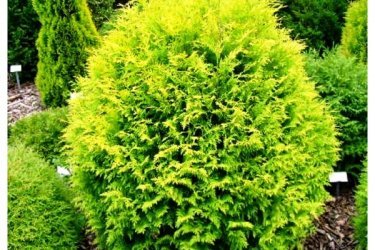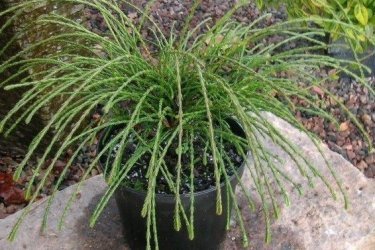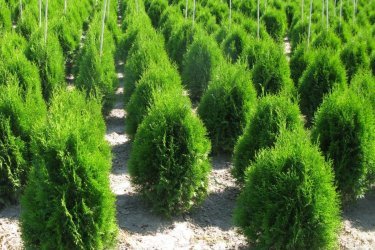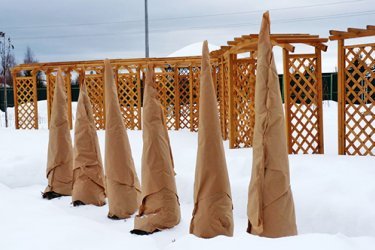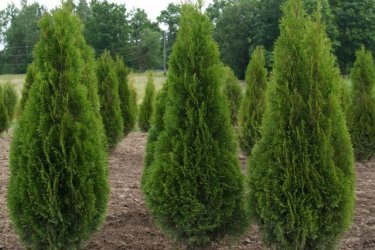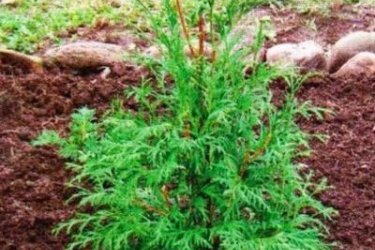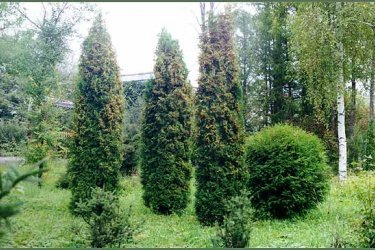Thuja
To arrange decorative hedges, one of the most beautiful coniferous shrubs, thuja, is often used. This representative of the cypress genus decorates alpine hills, paths and alleys of gardens and parks, and is used as a backdrop for brightly flowering flower beds.
Main types of thuja
America is considered the plant's homeland, but it is quite common in many European countries, due to its unpretentiousness to soils and resistance to dry weather.
The following types are distinguished:
- Frost-resistant, evergreen, fairly large in size Western. The following varieties are used for decorative landscaping: dwarf, weeping, variegated
- Giant Folded is a record holder in height, can reach 75 m, cone-shaped, loves wet soils, does not tolerate temperature changes, and needs shelter for the winter.
- The eastern one, originally from the Middle Kingdom, can grow like a bush and is able to survive in poor soils and dry climates. Cultivated varieties are distinguished by the brightness of their leaves. It is highly valued as a medicinal plant.
Landing
To grow thuja outdoors, you should choose areas with loose soil. Planting can begin when the threat of spring frosts has passed.
A wide range of thuja seedlings are sold in horticultural nurseries; when choosing, you should make sure that the seedlings have a developed root system. In this case, the roots should be white, the bushes themselves should not show signs of withering or development of putrefactive processes, the leaves should exude a bright, strong, characteristic aroma.
Such seedlings are considered healthy and quite suitable for planting.
Features of care
In the articles in this section it is not difficult to find information about caring for young and adult plants. In particular, the cultivation technique is described in detail Tui Vilcord, a variety that is extremely popular.
Thuja, like other plants in the garden, requires periodic:
- watering
- fertilizing
- weeding
- mulching the tree trunk circle
It should be clarified that correctly carried out pruning allows you to obtain a more developed, lush tree. Thuja is often subjected to decorative pruning, which makes it possible to obtain plants with very attractive, exclusive shapes.
How to organize a winter camp
The important point is organization of wintering. For young trees, it is recommended to build a shelter; the ideal option is a greenhouse or greenhouse for thuja. Only mature trees of frost-resistant varieties tolerate winter frosts calmly.
But in areas with heavy snowfalls, it is recommended to tie the branches of bushes and provide them with protection from the snow.
The adhesion of a large amount of it will lead to deformation of the branches and may break them.
Reproduction
In practice, two options for obtaining new plants are used:
- cuttings
- growing from seeds
But if we're talking about how propagate If you grow in a quick and easy way, you should pay attention to propagation by cuttings.
Collecting the seeds is not difficult, they germinate well, but there are doubts about what appearance the grown seedlings will have - biologists have proven that the plant is not inclined to inherit maternal genes.

